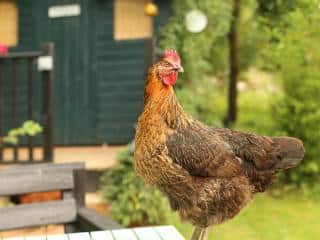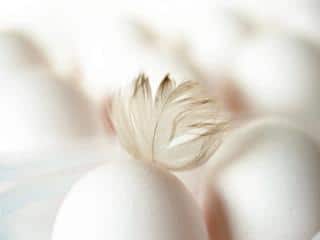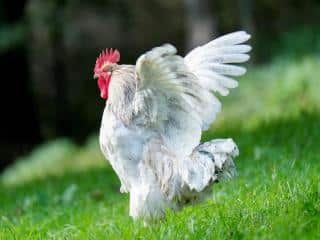

Days are getting shorter, summer gives way to fall… and our hens inevitably start their annual molt. This natural process in poultry often worries owners who notice a drop in egg production and see their hens looking worn out.
So why do our feathered friends lose their feathers, and how can you help them through this period successfully?
For our hens, feathers serve as both a protective and decorative coat.

Feathers begin to shed from the head, then around the neck, and finally down the rest of the body and tail. Molting lasts between one and two months. Some hens molt twice a year, a rare occurrence. Remember, if your hens molt quickly and during the right season, they’re likely excellent layers.
Molting is a demanding time for hens. It draws heavily on their reserves. They pour all their energy into this physiological shift.
 There’s little to no egg laying for several weeks. After each molt, hens lay 10% to 30% fewer eggs, which means that by their 6th year, they’re no longer laying at all.
There’s little to no egg laying for several weeks. After each molt, hens lay 10% to 30% fewer eggs, which means that by their 6th year, they’re no longer laying at all.High protein food is crucial for molting hens, given that their entire set of feathers consists of protein.
 sprouted seeds;
sprouted seeds;You can spruce up your hens’ outdoor area with compost heaps for them to scatter. They’ll uncover a host of insects to feast on, a real protein buffet.
If your hens are shedding feathers outside the molting season, it hints at a health issue.
In such cases, get in touch with the breeder or consult a vet for a solution that answers the problem.
If you’ve got basil, dill, or tarragon growing in your garden, sprinkle some on your hen’s feed. These aromatic herbs pack a vitamin punch and are excellent for helping them molt smoothly.